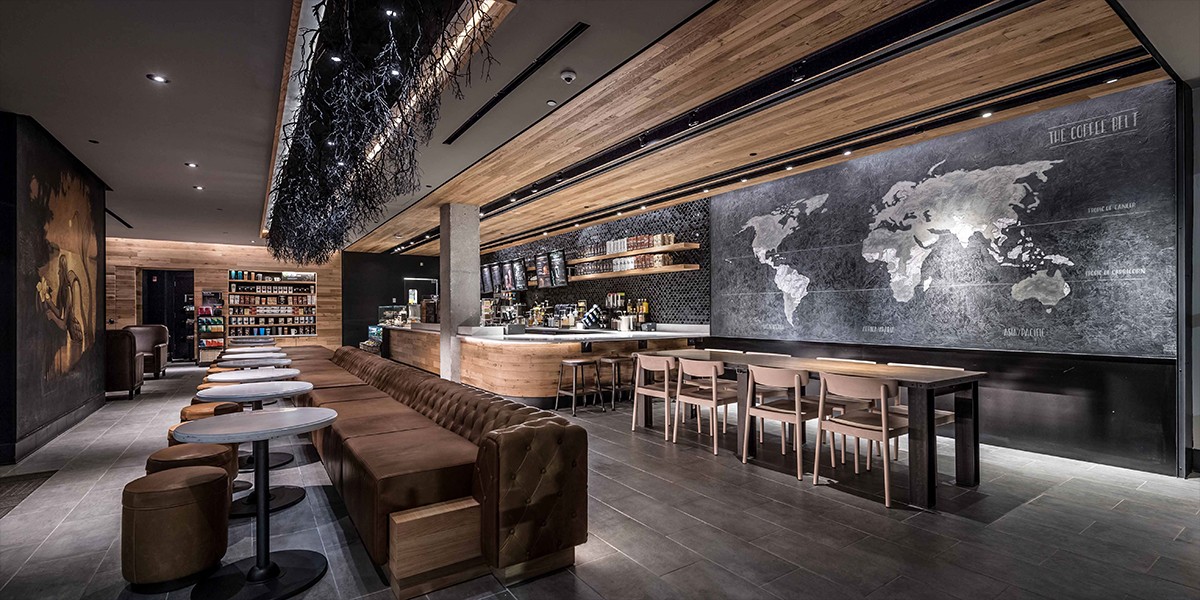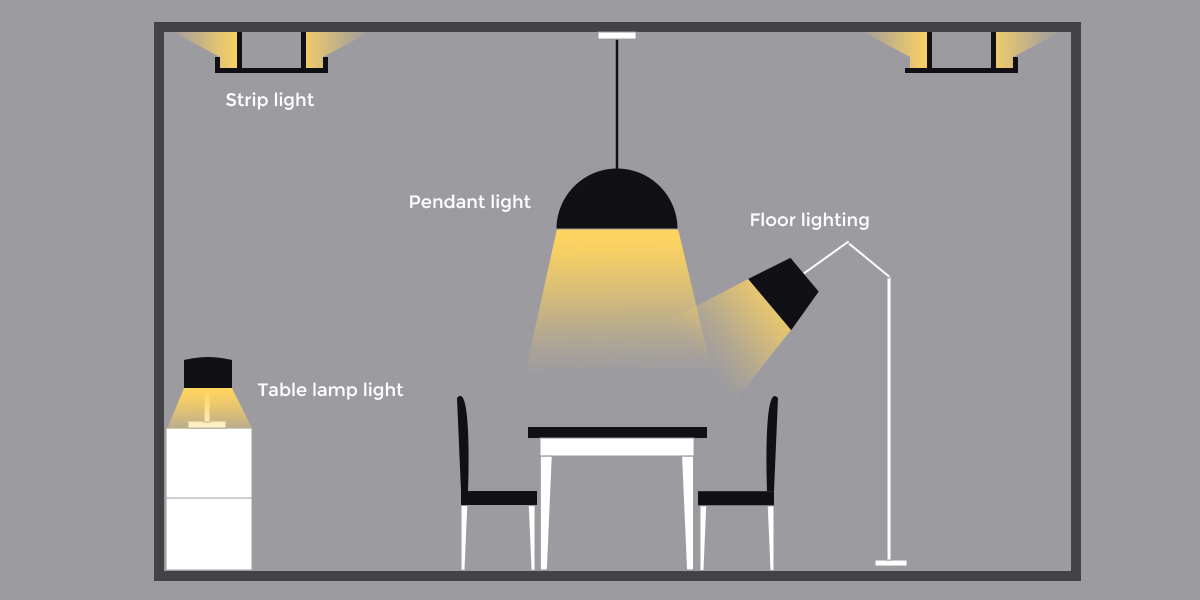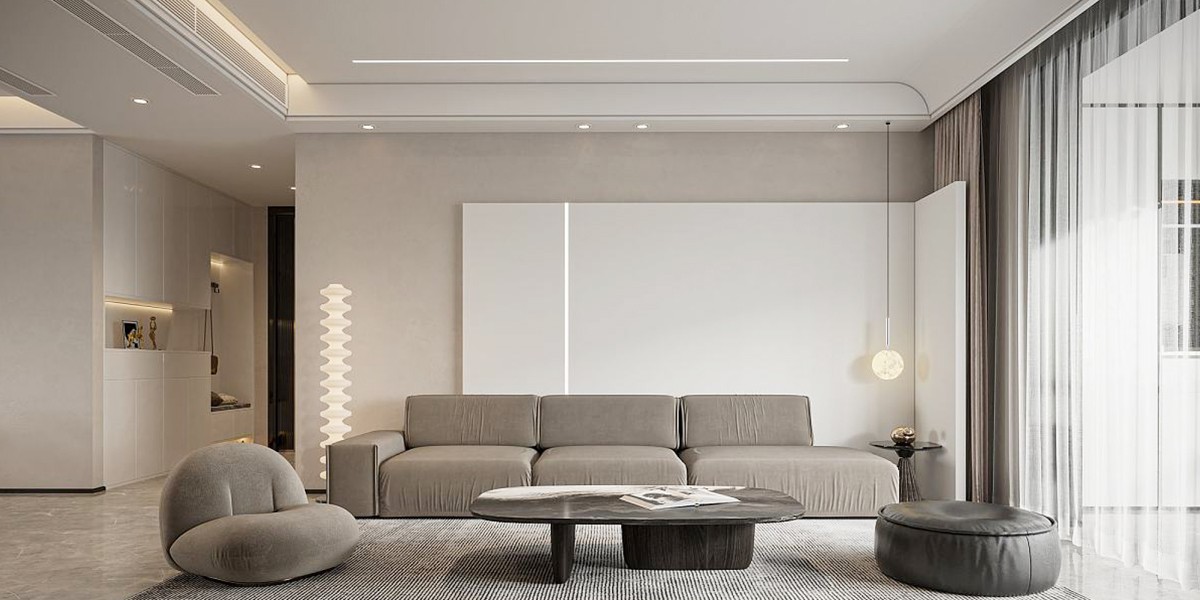1. Ceiling Lights, Pendant Lights
A living room layout featuring a single ceiling or pendant light is familiar to many. While convenient for homeowners, designers, and electricians alike, relying solely on a large ceiling fixture can result in a uniformly bright yet undifferentiated space. Your carefully chosen artwork may appear beautiful but lacks the spotlight it deserves.
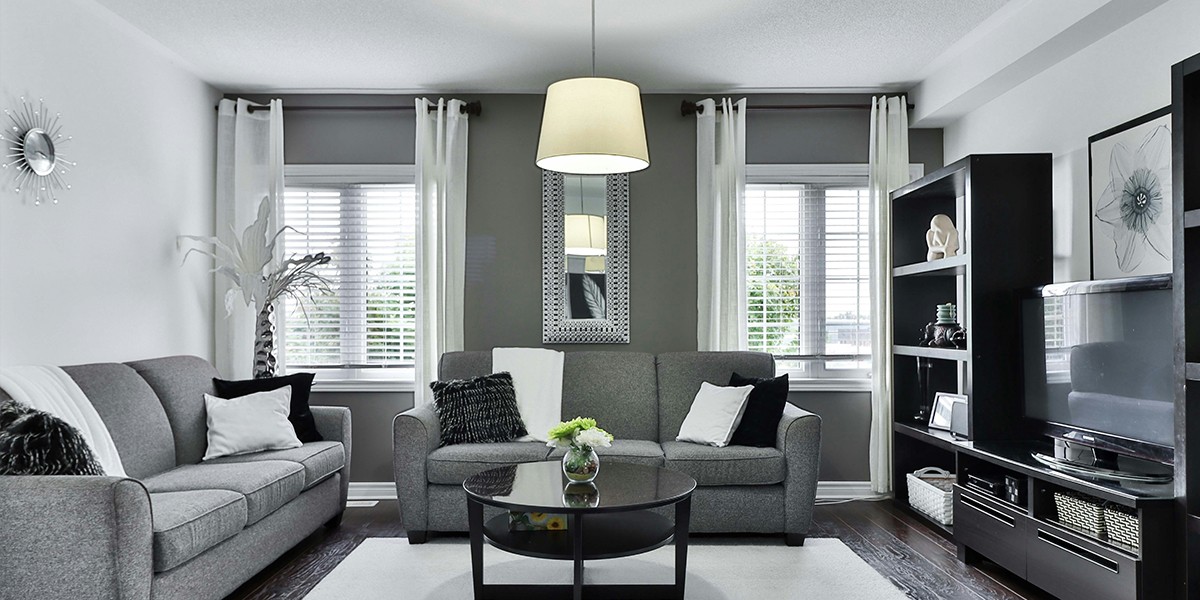
2. Light Strips, Bracket Lights
Modern trends often bypass central lights in favor of light strips nestled in ceiling troughs, casting indirect light that enhances vertical space perception. Addressing brightness issues, however, requires additional focal points.
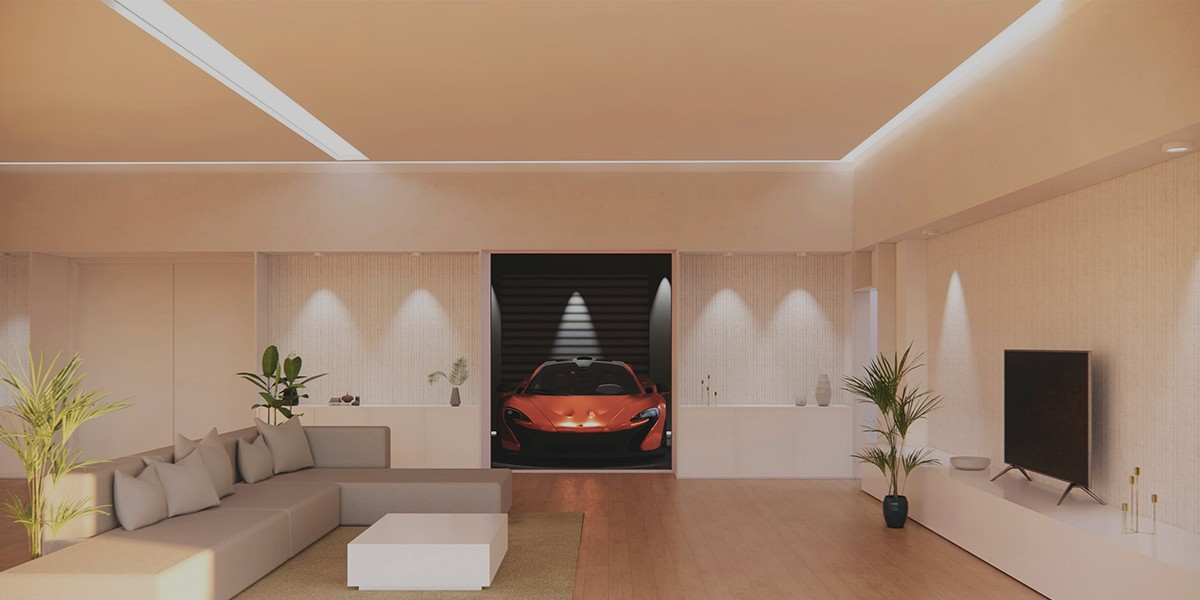
3. Recessed Lights, Spotlights
In areas where ceiling strips aren't viable, recessed lights and spotlights step in. Strategically spaced recessed lights uniformly illuminate the entire living room. Careful planning is essential to avoid overwhelming brightness or insufficient coverage.
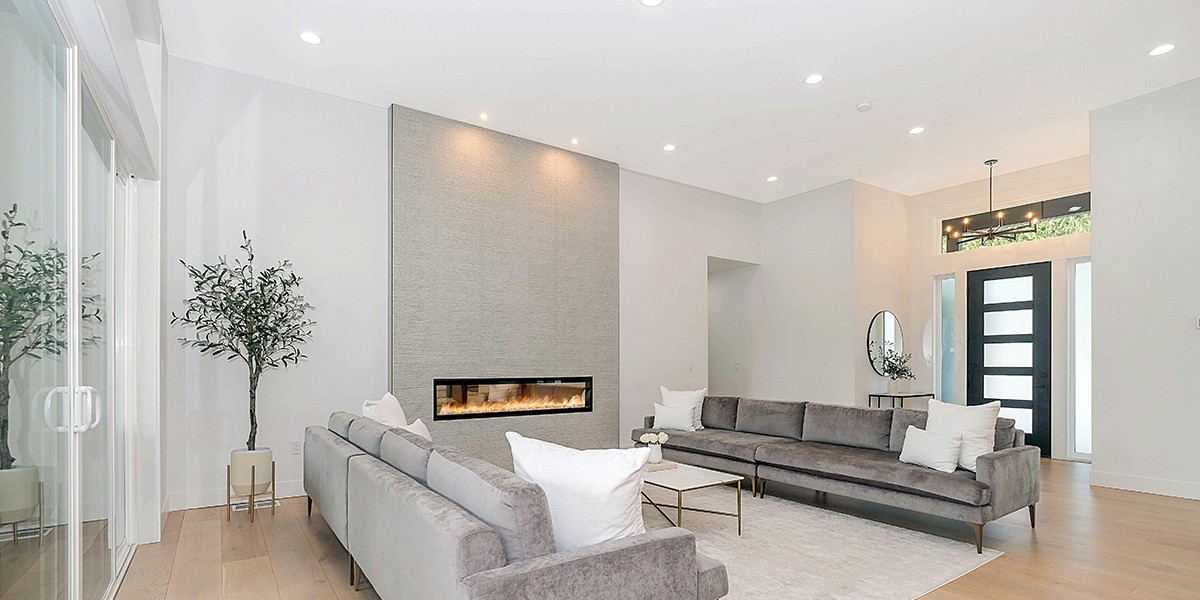
Regardless of the lighting method chosen, the limitations of a single light source are clear—lack of layered lighting, leading to potential issues:
Consider a scenario where a meticulously curated backdrop wall or flourishing greenery merits attention. In such instances, a versatile lighting approach is crucial.
